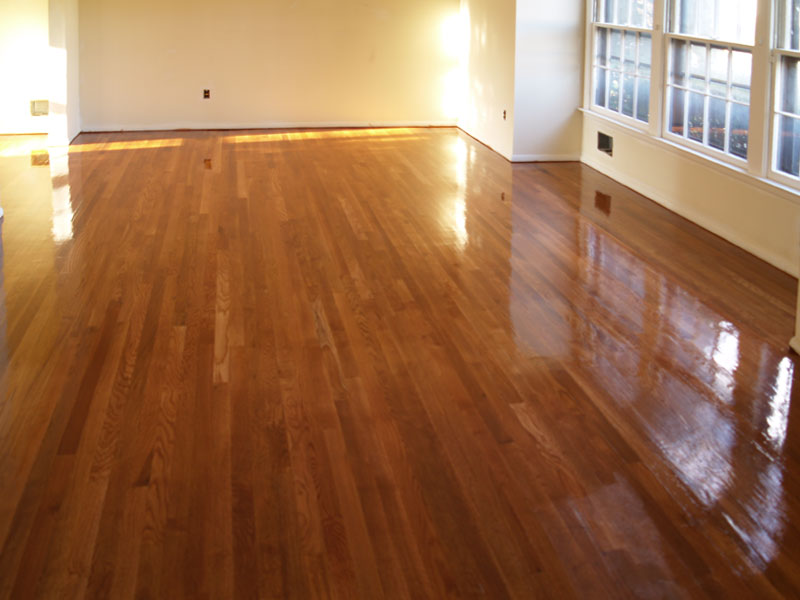
Wood floors aren’t terrible about letting heat escape, but even if your utility bills haven’t skyrocketed, you can be put off by the fact that your floor is too cold during the winter. Wood floor insulation is a great way to reduce your heating bills, give you a comfortable floor, and protect your wood flooring from the infiltration of moisture.
Too many homeowners who own older homes don’t even realize they’ve been living without floor insulation until they have a particularly harsh winter or decide to have their floor replaced. If you do decide to install wood floor insulation, this may also be the perfect time to consider radiant floor heating, which can greatly improve the overall quality of your home heating.
Subfloor Insulation
The most common issue with subfloor insulation is the accessibility of the crawlspace underneath the floor. Not only does minimal crawlspace limit your ability to access the area, it may limit the available space to install the insulation itself. If you only three or four inches of viable space for insulation, you’ll probably need to buy more a more expensive insulation material to achieve the desired R-value (insulating performance).
Pre-existing pipes or ductwork can also make subfloor insulation difficult to install. Insulating the subfloor itself will usually provide the most efficient insulating method, but either of these two problems can mandate that you actually insulate the crawlspace walls. Most often, fiberglass insulation is the material of choice. It’s permanent and noncombustible. When insulating crawlspace walls, though, it’s just as important to lay down polyethylene sheeting on the ground to create a vapor barrier that will prevent moisture damage to your floor.
Ready to start your floor insulation?
Find ProsWood Floor Insulation
Creating and maintaining a vapor barrier is important for any floor, but a wood floor is especially susceptible to water damage. Unfaced batts are the best idea because, while you can use faced batts, this type of insulation is harder to keep up and doesn’t have rigid ends. Any loss of integrity will break the vapor barrier and make your wood floor insulation and the floor itself vulnerable to ground moisture. The batting can be held in place with thin metal rods, called lightening rods. Spacing the rods every 18 inches are the easiest way to hold your insulation in place. You can use plywood or lattice boards, but this will cost more for only slightly better performance. You can also use netting, but this can be a lot of work.
Hiring an Insulation Contractor
Installing insulation can be a DIY project, but often hiring a contractor is the best way to ensure you get the most from insulation project. These guidelines give you only broad strokes of common insulation practices. Your specific climate and moisture content, the available space you have, and the total area and type of flooring can all affect the best insulation material and application method. Only a trusted, local contractor with experience in installing flooring specific to your climate and home will be able to give you personal advice on the best avenue for you.
Calculate costs to install plywood subfloors using our Hardwood Flooring Installation Cost Guide.
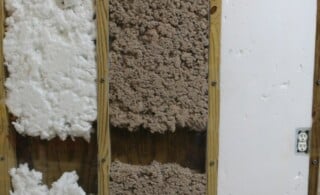 Fiberglass Insulation: A Simple Energy Saver
Fiberglass Insulation: A Simple Energy Saver 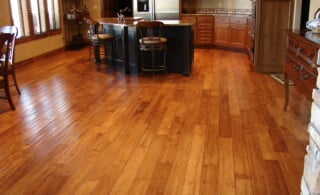 Cypress and Hickory Wood Flooring
Cypress and Hickory Wood Flooring 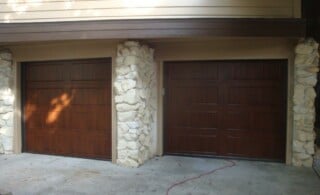 Protect Your Garage With Garage Door Insulation
Protect Your Garage With Garage Door Insulation 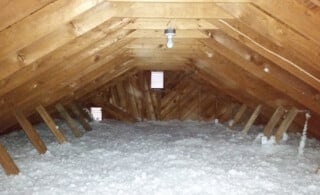 Roof Insulation Captures Escaping Energy
Roof Insulation Captures Escaping Energy  How to Hide Pesky Carpet Seams
How to Hide Pesky Carpet Seams 

Are You Familiar With This Topic? Share Your Experience.